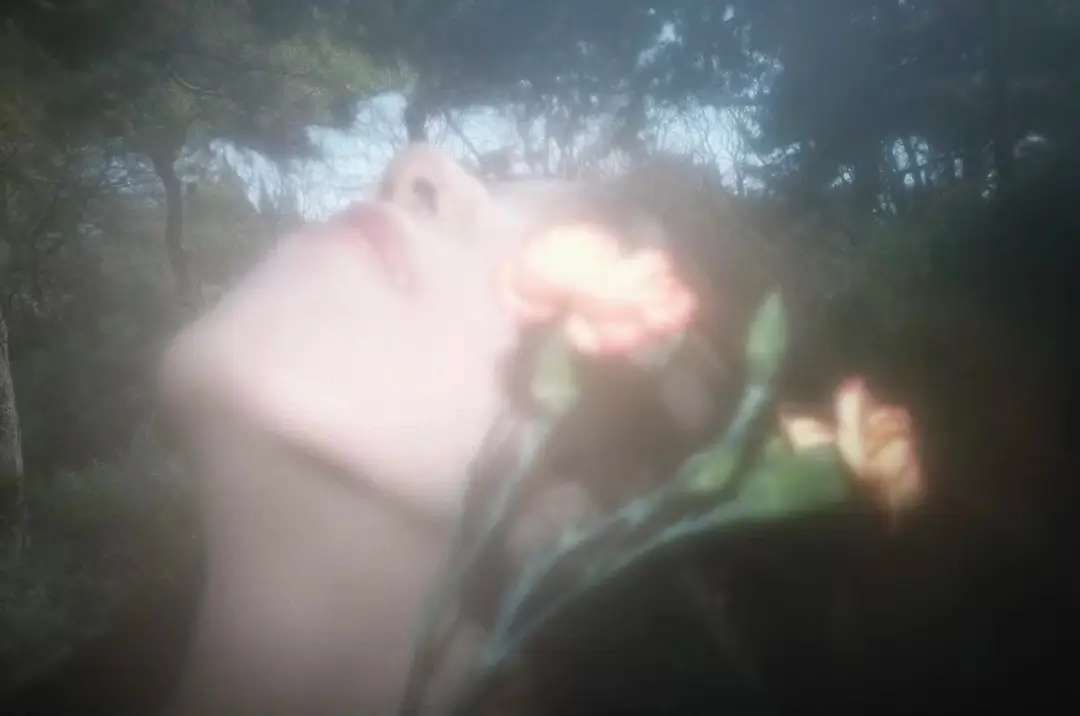Jingyi Zhang is a New York– and Beijing-based artist who earned her M.A. in Film and Media Studies (Emergent Media track) from Columbia University. Her practice spans photography, moving images, and interactive design, with a particular focus on metaphors embedded in natural objects.
Her work has been exhibited internationally in the United States, China, Japan, and Brazil, at venues including Yachang Art Center, Yan Art Gallery, Moon Gallery & Studio, Brooklyn Art Cave, The Peripheral Experiment, and Flowing Space Gallery.
Zhang has received multiple honors, including the Young Talent Award at the 5th International Photo Festival Olten (IPFO), Photoville4600,shortlisted for the Visual Art Open 2025 (VAO), the Third Place in the All About Photo Contest and AAP Magazine #50 “Shapes”, and the Merit Prize in the “Abstract” Photography Competition organized by the National Photographic Society.
AAP Magazine
AAP Magazine 50 Shapes
